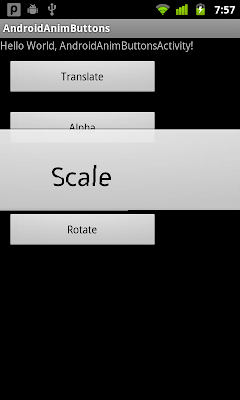How to add Rounded Corner borders to Android Layout
Create a xml file under your drawable folder with following code. (The name of the file I created is rounded_corner.xml)
<LinearLayoutandroid:layout_width="wrap_content"android:layout_height="wrap_content"android:background="@drawable/rounded_corner"<TextViewandroid:layout_width="fill_parent"android:layout_height="wrap_content"android:text="Hi, This layout has rounded corner borders ..."android:gravity="center"android:padding="5dp"/></LinearLayout>







